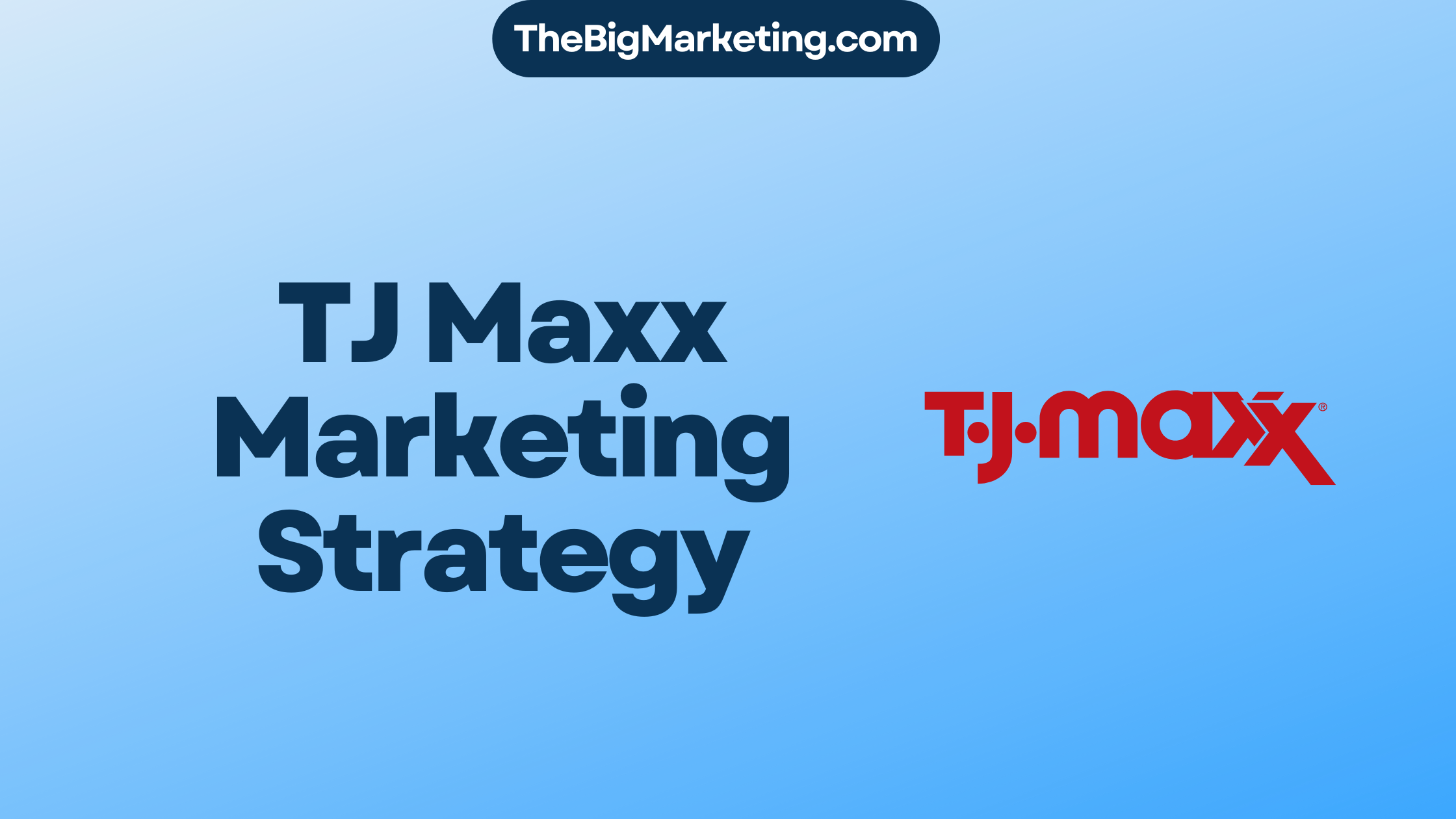DoorDash, established in 2013 by Stanford University students and headquartered in Palo Alto, California, has become a notable name in food delivery services. Acting as a vital link between customers, restaurants, and delivery drivers, DoorDash excels with its extensive restaurant network and real-time tracking. However, the growing demand for convenience, variety, and efficiency in meal delivery has led to the emergence of significant meal delivery competitors.
In the dynamic landscape of top food delivery platforms, DoorDash faces stiff competition from various alternatives. These DoorDash alternatives aim to cater to consumers by offering unique and specialized services that challenge DoorDash’s market presence. This article explores the leading competitors and their strategies to win over the ever-evolving market of on-demand food delivery.
Introduction to DoorDash and Its Competitors
DoorDash has cemented its position at the forefront of the food delivery industry, thanks to its user-friendly app and extensive network of partner restaurants. Starting as a humble start-up in Palo Alto, the company has expanded to offer DashPass, a subscription-based service enhancing consumer convenience. However, a broad spectrum of DoorDash competitors has emerged to challenge its dominance, each bringing its unique strengths to the table.
Among the most notable alternative to DoorDash is Grubhub, which consistently captures consumer interest through extensive restaurant partnerships and enticing promotional deals. Uber Eats, leveraging its ride-sharing infrastructure, offers a seamless integration with the broader Uber ecosystem, making it a formidable DoorDash competitor in urban areas. Meanwhile, Instacart, originally focused on grocery delivery, has diversified into restaurant deliveries, providing another compelling alternative to DoorDash.
These DoorDash competitors employ diverse business models and innovative technologies to meet ever-growing market demands. By capitalizing on their strengths, they strategically position themselves to gain significant market share, challenging DoorDash’s dominance in the competitive food delivery arena.
Grubhub: A Leading Food Delivery Service
Grubhub, established in 2004 by software developers Mike Evans and Matt Maloney in Chicago, has grown into one of the most established names in restaurant delivery services in the United States. The platform is widely recognized for facilitating a seamless ordering process and real-time order tracking, vigorously competing with DoorDash by developing a broad array of restaurant partnerships and offering customer-centric promotional deals.
Grubhub’s competitive edge is further strengthened by its continuous evolution and technological innovation, solidifying its status as a principal player among the top food delivery platforms. The strategic inclusion of various restaurant delivery services within its network ensures that customers have access to a wide variety of dining options and promotional offers, enhancing user experience.
Through strategic improvements and a solid focus on user-friendly features, Grubhub maintains its position among the top food delivery platforms, ensuring a competitive service that meets and often exceeds consumer expectations in the fast-paced food delivery industry.
Uber Eats: Leveraging Ride-Sharing Infrastructure
Uber Eats has rapidly positioned itself as a formidable opponent in the realm of food delivery services. Building on the established foundation of Uber’s ride-sharing infrastructure, it has translated these logistics strengths into a thriving food delivery service.
History and Background of Uber Eats
Launched in 2014 under the Uber umbrella, Uber Eats began with a mission to offer a wide array of restaurant options to its users. Leveraging the already vast network of Uber drivers, the service quickly integrated into the core Uber app, making it easily accessible to existing users.
Key Features and Services
Uber Eats distinguishes itself with several key features, such as its sleek, intuitive app interface and variable pricing strategies. The app allows users to browse through an extensive selection of restaurants, view real-time order tracking, and customize orders with ease. The platform’s dynamic pricing model, which adjusts delivery fees based on demand and time, also sets it apart from many delivery app rivals.
Market Presence and Coverage
With an expansive global footprint, Uber Eats is able to serve a broad range of urban locations where demand for food delivery services is high. By focusing on markets with dense populations and numerous dining options, Uber Eats has effectively penetrated key urban territories, aligning closely with user demand for quick, reliable food delivery.
Instacart: Dominating the Grocery Delivery Space
Instacart, founded in 2012 by Apoorva Mehta, has established itself as a key player in the realm of food delivery services. Recognized for its proficiency in grocery deliveries, Instacart continues to broaden its horizons, now challenging DoorDash with its vast capabilities and innovative strategies.
Instacart’s Business Model
Instacart operates with a robust business model centered around flexibility and user convenience. With its Instacart Express membership, customers enjoy unlimited free deliveries, making it a compelling alternative to DoorDash. The service connects users with personal shoppers who handpick and deliver groceries from local stores directly to their doorstep.
Expansion into Restaurant Deliveries
While originally focusing exclusively on grocery delivery, Instacart has ventured into the restaurant delivery sector. This strategic move aims to attract the same customer base as DoorDash, offering a comprehensive range of food delivery services. By diversifying its offerings, Instacart effectively positions itself as a formidable competitor in the market for convenient and rapid delivery solutions.
Both food delivery services strive to meet consumer demand, making Instacart a notable alternative to DoorDash. Their continuous evolution reflects the dynamic nature of the industry and the constant push to offer superior service to customers.
Postmates: More Than Just Food Delivery
Postmates distinguishes itself from other delivery app rivals by offering a comprehensive range of on-demand delivery services, extending far beyond just food. Founded in 2011 in San Francisco, the company allows customers to receive everything from groceries to restaurant meals to miscellaneous goods.
The convenience promised by Postmates lies in its effortless order placement and a robust logistics network. This network enables the company to cater to a broader spectrum of customer needs, positioning itself as a viable DoorDash alternative. Not limited to merely delivering meals, Postmates extends its services to include a myriad of daily essentials.
By challenging DoorDash’s food delivery prominence, Postmates leverages its unique multi-service approach, appealing to those seeking a versatile delivery solution. Whether it’s for groceries, restaurant meals, or other goods, Postmates underscores its capability as a strong option among delivery app rivals.
With such an extensive range of services, Postmates has redefined what it means to be a delivery app. Offering convenience and efficiency, it stands out as a fitting DoorDash alternative, meeting diverse consumer demands with exceptional reliability.
DoorDash Competitors: Seamless and Its Unique Offerings
Seamless, one of the notable DoorDash competitors, presents a compelling case in the landscape of food delivery services. While the platform started its journey in 1999, it gained formidable strength by merging with Grubhub, amplifying its reach and enhancing its user base. Seamless stands out by offering a comprehensive, user-friendly ordering experience that rivals some of the best DoorDash alternatives available in the market today.
History and Evolution of Seamless
Initially launched in the late ’90s, Seamless was designed to simplify corporate food ordering. Over time, it evolved to cater to everyday consumers, leading to its merger with Grubhub in 2013. This strategic alliance helped Seamless expand its technological capabilities and restaurant partnerships, thereby strengthening its position against other DoorDash competitors.
Service Features and User Experience
The hallmark of Seamless lies in its meticulous attention to user experience. The platform boasts an intuitive interface, seamless payment options, and a rich selection of local restaurants, ensuring a streamlined food ordering process. Its integration of real-time tracking and customer-friendly support options further positions Seamless as one of the best DoorDash alternatives. By continually adapting to user needs and technological advancements, Seamless maintains a strong foothold in the food delivery services sector.
Just Eat Takeaway.com: A Global Powerhouse
Just Eat Takeaway.com has quickly risen to prominence, emerging as one of the top food delivery platforms. Formed from multiple mergers and headquartered in Amsterdam, this company serves an international clientele with its extensive food delivery services. The fusion of Just Eat and Takeaway.com has propelled the brand to a new level, allowing it to cater to a broader market.
In the competitive landscape of food delivery services, Just Eat Takeaway.com stands out by maintaining robust international partnerships with a wide array of restaurants. This extensive network ensures that customers have access to diverse culinary offerings, meeting various tastes and preferences across different regions.
One of the main strengths of Just Eat Takeaway.com is its scalability. The brand has skillfully expanded its operations globally, leveraging technological advancements to streamline its services. This ability to grow and adapt makes Just Eat Takeaway.com a formidable player among the top food delivery platforms, directly challenging the market presence of DoorDash.
Moreover, Just Eat Takeaway.com’s seasoned track record in the industry underscores its capacity to withstand market fluctuations and consumer demands. This resilience, combined with its strategic initiatives, positions Just Eat Takeaway.com as a significant force in the global market of food delivery services.
Deliveroo: Speed and Efficiency in Food Delivery
Founded in 2013, Deliveroo has swiftly positioned itself as a formidable player in the realm of restaurant delivery services. The UK-based company has expanded its footprint across numerous European and Asian markets, distinguishing itself from other meal delivery competitors through its commitment to rapid delivery and an intuitive user interface. This focus on efficiency and user experience has earned Deliveroo a strong following and made it a top competitor to DoorDash.
Key Markets and Operations
Deliveroo’s primary markets include major cities in the UK, as well as significant expansions into France, Italy, Spain, and several Asian countries. The company’s operations are designed to handle high volumes, ensuring timely delivery even during peak hours. By partnering with a wide array of restaurants and leveraging local logistics, Deliveroo ensures that customers receive their meals quickly, maintaining its reputation for speed and reliability in the crowded field of restaurant delivery services.
User Experience and Features
Deliveroo prioritizes user experience with a streamlined, easy-to-use app that allows customers to place orders with just a few taps. Innovations such as real-time order tracking, multiple payment options, and customizable delivery instructions enhance the overall experience. Moreover, the app regularly features discounts and special offers, adding value for its users. This focus on customer satisfaction, combined with its efficient delivery model, positions Deliveroo as a prominent alternative to DoorDash and other meal delivery competitors.





